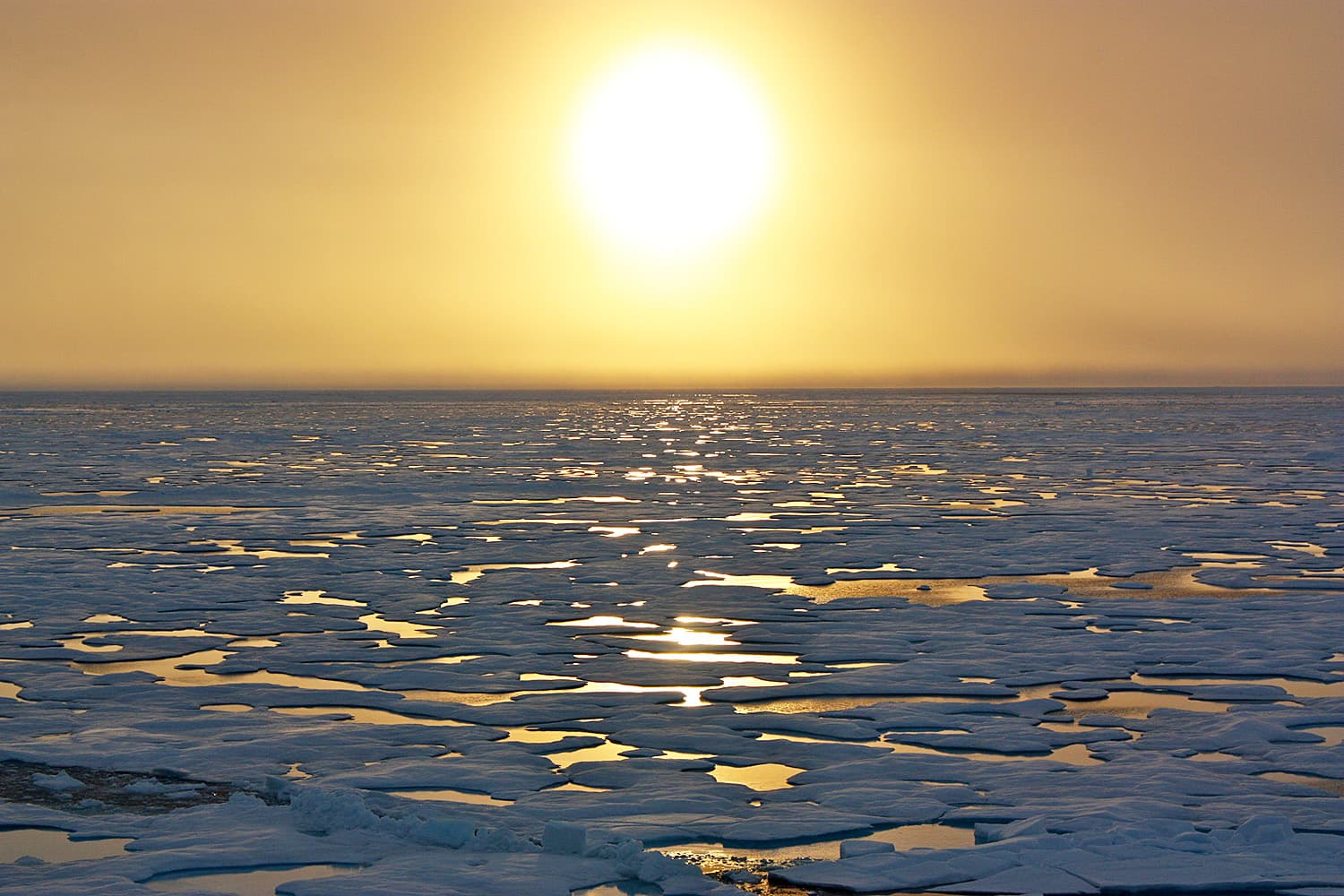
Arctic Sea Ice Levels Shrink To Fourth Lowest Levels
Arctic Sea Ice Levels Shrink To Fourth Lowest Levels. Summer Arctic sea ice shrank to its fourth lowest level on record this month, dispelling faint hopes of a recovery, federal scientists said.
The National Snow and Ice Data Center announced Tuesday that the Arctic hit its summer minimum last week with 1.7 million square miles of sea ice, down 240,000 square miles from 2014. That’s a difference the size of California, New York and Maryland combined. Arctic Sea Ice Levels Shrink To Fourth Lowest Levels
“The ice is decreasing over time, which you would expect because the Arctic is warming,” data center scientist Julienne Stroeve said.
Summer minimum sea ice has shrunk since satellites started measuring in 1979. It reached a peak of 2.91 million square miles in 1980 and hit an all-time low of 1.3 million square miles in 2012. It went back up to 1.95 in 2013 and hovered near there in 2014.
Variations in weather mean sea ice levels drift a bit year to year, but Stroeve said there’s a long term trend that is best seen when looking at averages of five years or more.
The five years between 1979 and 1983 averaged 2.76 million square miles during the summer minimum. The last five years average 1.72 million square miles, a decrease of 38 percent and more than a million square miles.
That means there’s no recovery in Arctic sea ice, despite claims of some climate change doubters, said Stroeve and Pennsylvania State University climate scientist Michael Mann, who wasn’t part of the government measurement team.
The world overall so far this year is easily the hottest it has been in more than a century of record keeping, according to NASA and the National Oceanic and Atmospheric Administration. However, the El Nino that has been helping push temperatures even warmer isn’t having as much an effect up north, which is farther away from the tropical Pacific Ocean, Stroeve said. It has been hot, but not near record breaking in the Arctic this summer.
With human-caused warming continuing, computer simulations show on average that around the year 2040, sea ice will disappear from the Arctic during some summers, Stroeve said.
“We remain on a trajectory that is actually ahead of model predictions,” Mann said. “Arctic sea ice is one of several aspects of climate change that his happening even faster than originally predicted.”
Sea ice in Antarctica, which had been at record high levels in recent years, are about average, Stroeve said.
—
Online:
National Snow and Ice Data Center: http://nsidc.org/arcticseaicenews/
—
Seth Borenstein can be followed at http://twitter.com/borenbears
© 2015 The Associated Press. All rights reserved. This material may not be published, broadcast, rewritten or redistributed. Learn more about our Privacy Policy and Terms of Use.












